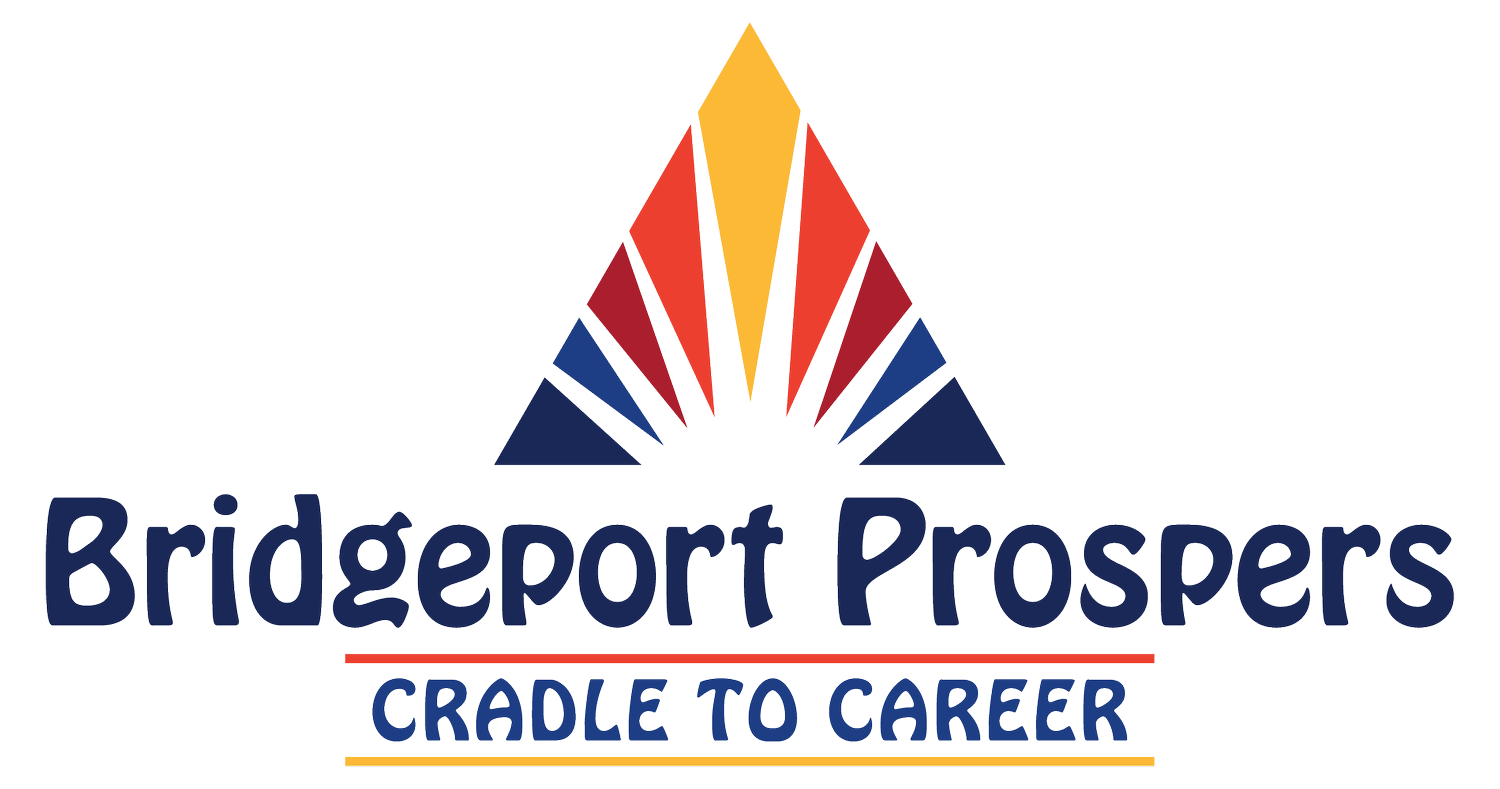
NEWS & EVENTS
CONNECTICUT LOW-INCOME PUBLIC HOUSING RESIDENTS TURN CRISIS INTO LEARNING LABRATORY, MODEL FOR STATE
The PT Barnum Apartments, a 360-unit low-income public housing complex with over 1,100 residents in Bridgeport, Conn., is feeling the brunt of the Covid crisis. Already facing one of the largest Opportunity Gaps in the country, they’re now in the eye of Connecticut’s coronavirus hot spot. Just last month, nearly 40% of residents lost their jobs.
The PT Barnum Apartments, a 360-unit low-income public housing complex with over 1,100 residents in Bridgeport, Conn., is feeling the brunt of the Covid crisis. Already facing one of the largest Opportunity Gaps in the country, they’re now in the eye of Connecticut’s coronavirus hot spot. Just last month, nearly 40% of residents lost their jobs.
Mobilizing for Action
Showing their resilience, they mobilized for action. Residents conducted a survey to assess the community’s needs, finding that emergency funds to cover rent, utility bills and food ranked highest, and thanks to a partnership between the United Way and Bank of America, relief is being provided. But it was another emerging need that empowered residents to literally turn the crisis into a learning opportunity, speaking to the innovative partnership with Bank of America.
Meeting an Unfulfilled Need
Initially, at the onset of the crisis, before the transition was made to full-time virtual learning, tutoring was highlighted as a need among residents as students worried about keeping pace. The United Way and its STEM Ecosystem partners immediately cobbled together trusted allies and recruited college students from the city (former STEM participants), to engage with PT’s children for intensive tutoring. What began as a targeted effort with 5 tutors and 5 families in PT is now scaling to serve 75 children. At present, there are 42 students participating, which represents a growth of 8x over just one month. In addition, the program is expanding beyond its roots in PT, with students from Fairfield Warde now in the pipeline.
How the Tutoring Works
The program managers design the program, recruit and then train the tutors, working in conjunction with curriculum specialists. Tutors are former STEM program participants or STEM students, primarily in college. Many of these students are struggling in their own lives with food and housing, so earning a small stipend helps address a little of their own issues as well. As STEM students, these tutors are already comfortable in a virtual environment and know how to bring AI to the industrial age, as the kids they’re working with lack access to technology.
We have tutors from the University of Bridgeport, Housatonic Community College, Southern CT State University, Sacred Heart, Fairfield University and next week, graduate students will be joining the program from the College of Pharmacy at St. Josephs to focus on math.
Tutors spend 2-4 hours with each child, often connecting by phone. We work with leading STEM curriculum specialists and select special kits, based on the children’s needs, sending them to the families for ongoing work. Our plan is to work with children THROUGH the summer, to prevent a summer slide and keep children at-level as they enter the new school year.
Program Cost
Thanks to the Bank of America, we were able to seed this program and get it off the ground. It simply wouldn’t have happened without their support, and belief in the residents of PT to empower themselves. This innovative effort costs $1,188 cost per student. Over the course of 4 months, that’s just $297 per month, per student. A greater issue, what’s the cost of inaction?
Barriers We’re Facing
Securing additional funds. We need $150,000 to scale this program to meet the needs of those who already have expressed interest in Fairfield and Bridgeport, never mind the rest of Fairfield County, where we plan to go next.
Access to the internet continues to be a major challenge for many families. Turns out “free” programs aren’t free (just initially) and dead zones and no connectivity translates directly to a lack of opportunity. That’s why we’re building our program initially around using a phone and sending kits to children.
Empowerment leads to opportunity
PT Barnum’s residents remind us again of the promise and possibility found when we empower people, harness innovation and work together. Thanks to a partnership with the Bank of America, all of this became possible.
Want more information, contact Jeff Kimball, CEO or Gwen Brantley, program manager.

